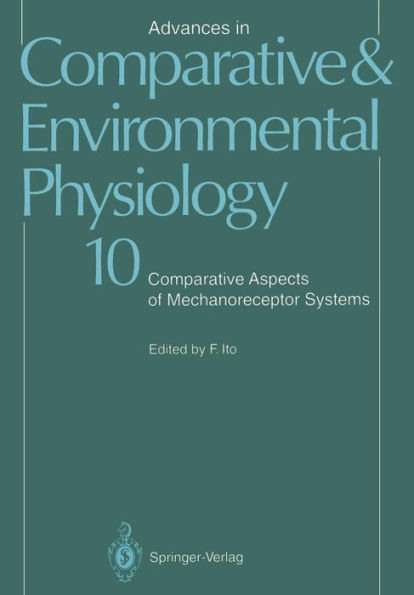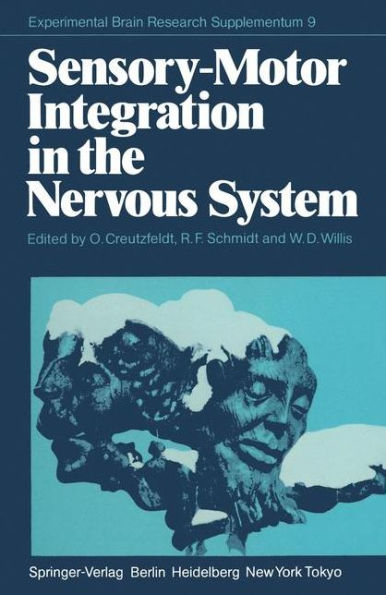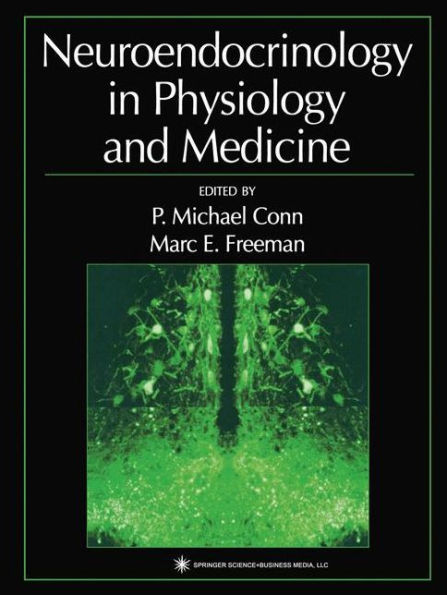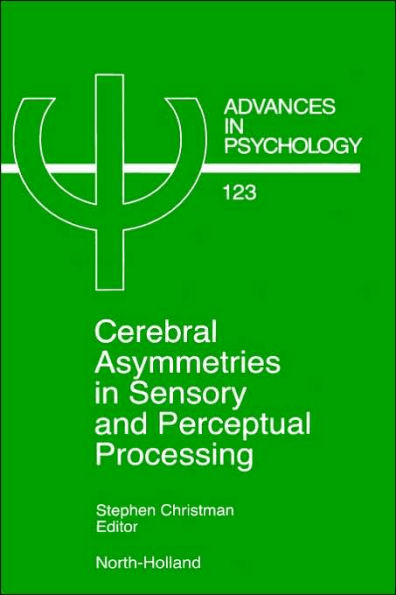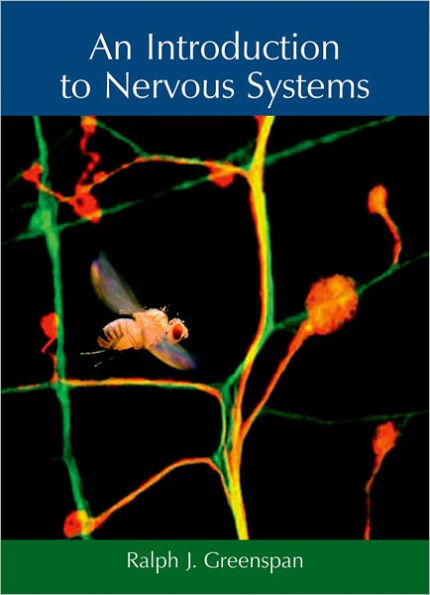Home
Progress in Sensory Physiology / Edition 1
Loading Inventory...
Barnes and Noble
Progress in Sensory Physiology / Edition 1
Current price: $109.99


Barnes and Noble
Progress in Sensory Physiology / Edition 1
Current price: $109.99
Loading Inventory...
Size: OS
*Product Information may vary - to confirm product availability, pricing, and additional information please contact Barnes and Noble
The study of the auditory physiology of reptiles has a relatively long history, but only began in a systematic way in 1956 with the publication of the earliest of Wever's investigations of the cochlear microphonic in reptiles. The long series of experiments which were subsequently undertaken by Wever and his colleagues have been recently conveniently brought together with the publication of Wever's book The Reptile Ear (1978). In the last 10 years, neurophysiological studies at various levels of the auditory system (primarily, however, lower levels), have appeared and produced in a relatively short time a good basis for the discussion of mechanisms. Certainly, a great difference can be noted today between our increasing unterstanding in this field and the paucity of data which existed in 1960 when McGill could say Disagreement exists . . . as to whether the hearing organs of certain modern reptiles are vestigial or rudimentary. The present state of knowledge of hearing in . . . reptiles is not commensurate with the importance of these classes in the study of the evolution of the sense of hearing (McGill 1960). Two main themes dominate the motivation underlying present research in this field. The first, and historically older, theme is a fundamental interest in the evo lution and systematics of the reptile ear.
